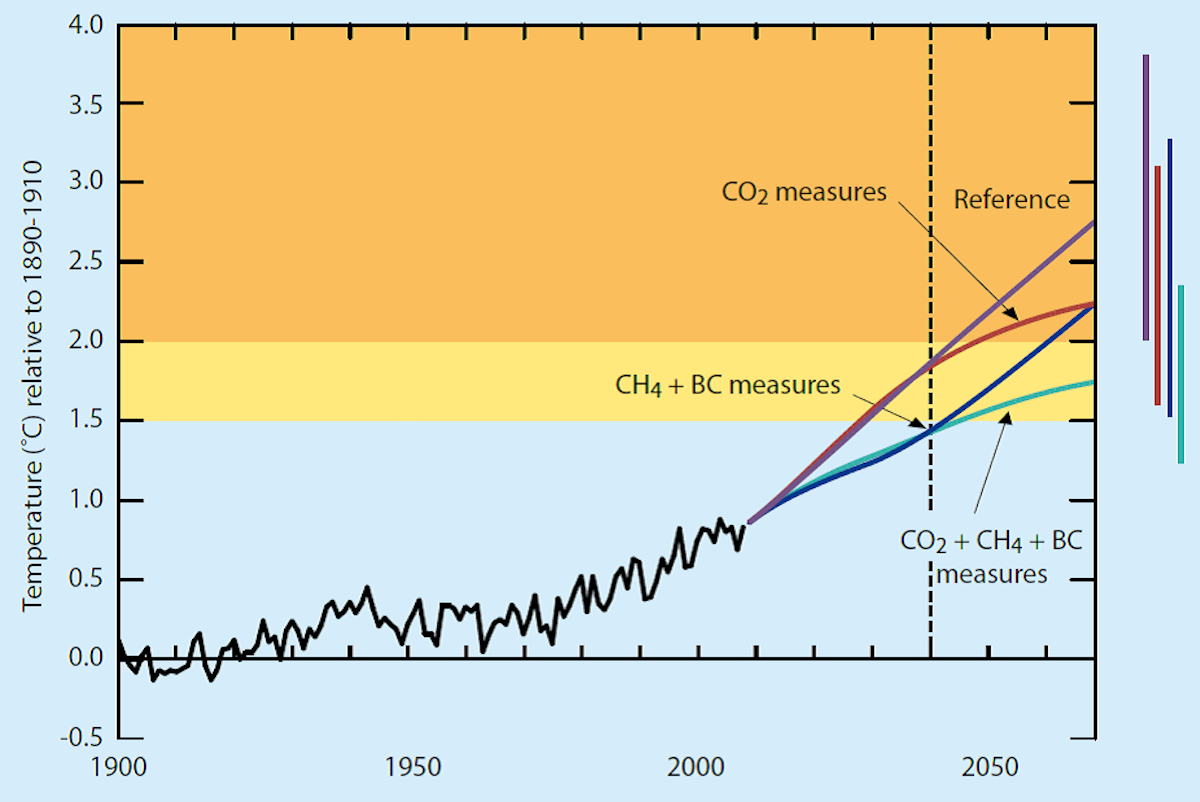Free Courses Sale ends Soon, Get It Now


Free Courses Sale ends Soon, Get It Now



Disclaimer: Copyright infringement not intended
Context
Details
Sources of Methane
Global Methane Pledge
Way Forward:
Conclusion
Addressing methane emissions is a crucial part of efforts to mitigate climate change and improve air quality .By addressing rising methane levels, we can better navigate Earth's ongoing climate transition and work towards a more balanced and resilient planet.
|
PRACTICE QUESTION Q. Explain the need to reduce global methane emissions and advance use of methane as a clean energy source. (250 Words) |
© 2024 iasgyan. All right reserved